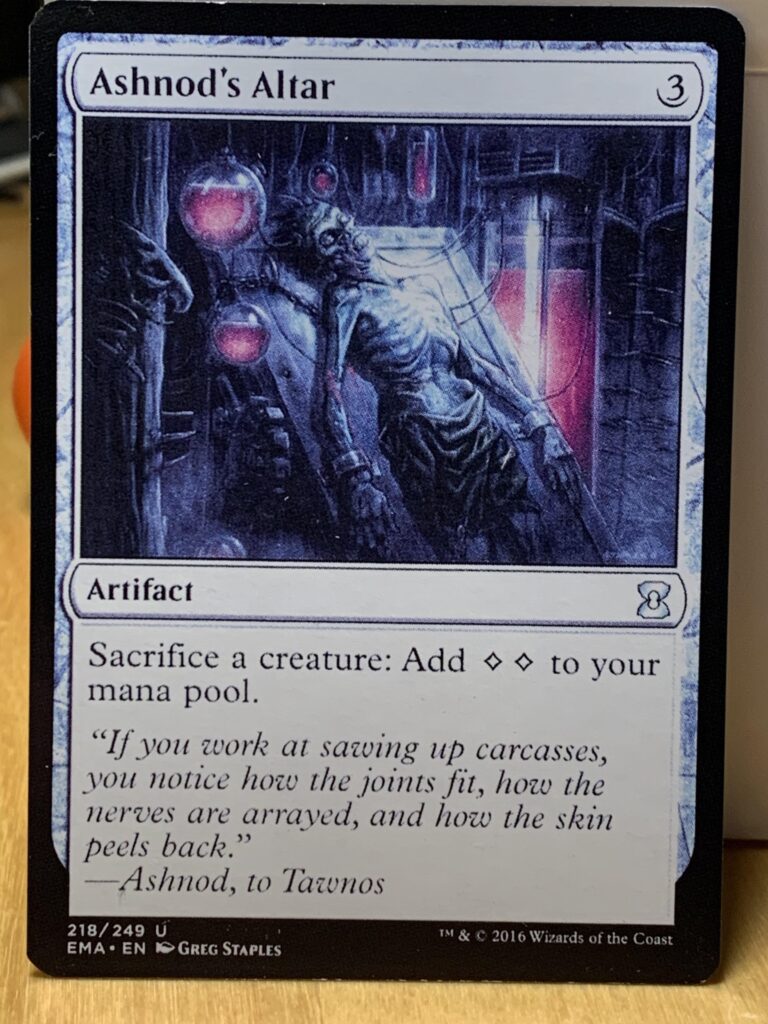Introduction:
Magic: The Gathering (MTG) is a popular trading card game that has been around for over 25 years. With thousands of unique cards available, players are constantly looking for new ways to enhance their decks and improve their gameplay. One way to do this is by Printing MTG Proxies, which are essentially replicas of existing cards.
In this article, we’ll show you how to print MTG proxies and create your own cards. We’ll cover everything from the materials you’ll need to the printing process itself, so you can create high-quality proxies that are virtually identical to the real thing.
What are MTG Proxies?
MTG proxies are replica cards that are created using digital images of existing cards. These proxies are often used by players who want to test out new deck ideas without having to purchase expensive cards. They can also be used in casual play, where players are less concerned with using only official cards.

Why Print MTG Proxies?
Printing MTG proxies can be a cost-effective way to test out new deck ideas or play casually without worrying about damaging or losing valuable cards. It can also allow players to experiment with different cards and strategies that they might not be able to afford otherwise.
Materials Needed to Print MTG Proxies
To print MTG proxies, you’ll need a few basic materials:
-
- A computer with image editing software (such as Photoshop or GIMP)
-
- High-quality printer
-
- Cardstock paper
-
- Cutting tool (such as a paper cutter or scissors)
-
- Double-sided tape
Choosing the Right Images
When creating MTG proxies, it’s important to choose high-quality images that accurately represent the original card. You can find these images online by searching for the card’s name and set number.
Editing the Images
Once you’ve found the images you want to use, you’ll need to edit them to make sure they’re the right size and have the correct color balance. You can use image editing software to adjust the brightness, contrast, and saturation levels to ensure the best possible results.
Printing the Proxies
Setting Up Your Printer
Before printing your proxies, you’ll need to make sure your printer is set up correctly. This may involve adjusting the printer settings, such as paper type and print quality, to ensure the best possible results.
Printing the Images
Once your printer is set up, you can start printing the images onto cardstock paper. It’s important to print the images at the correct size and resolution to ensure they look as close to the original card as possible.
Cutting the Proxies
After the images are printed, you’ll need to cut them out using a cutting tool such as a paper cutter or scissors. It’s important to be as precise as possible when cutting the proxies to ensure they’re the correct size and shape.
Assembling the Proxies
Finally, you’ll need to assemble the proxies by using double-sided tape to attach the front and back of the cardstock together. This will create a card that looks and feels like a real MTG card.
Conclusion:
Printing MTG proxies can be a fun and cost-effective way to enhance your gameplay and test out new deck ideas. By following the steps outlined in this guide, you can create high-quality proxies that are virtually indistinguishable from the real thing. Remember to use high-quality images, adjust the color balance and contrast levels, and print the images at the correct size and resolution. With a little practice, you’ll be able to create custom proxies that are sure to impress your fellow players. So what are you waiting for? Print MTG proxies today and take your gameplay to the next level!
FAQS
To ensure your proxies look like the original card, it’s important to use high-quality images and adjust the color balance, brightness, and contrast levels as needed. It’s also important to print the images at the correct size and resolution and to be precise when cutting and assembling the proxies.
No, MTG proxies are not legal to use in official tournaments. They are only intended for casual play or testing purposes.
It is illegal to sell MTG proxies that infringe on the copyrights and trademarks of the original cards. However, you may be able to sell proxies that are custom-designed and do not use any copyrighted material.
 Custom Gallery
Custom Gallery Proxy Booster
Proxy Booster Discord
Discord